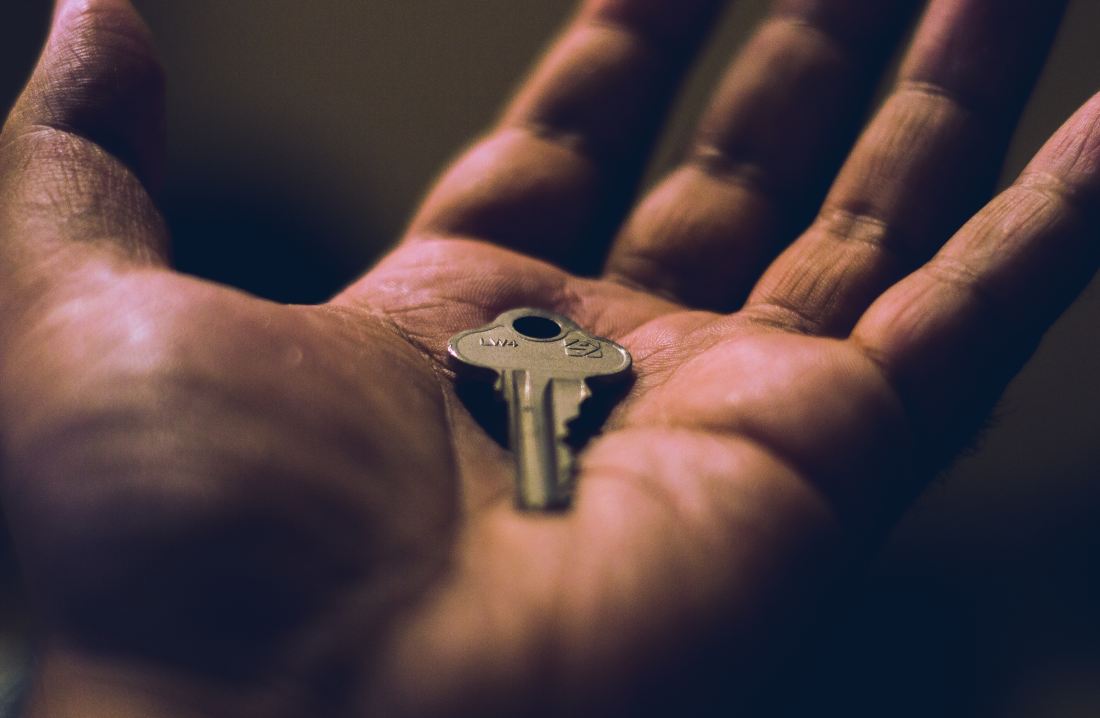Since the COVID-19 pandemic made its presence known in North America, companies that continue to function have had to dramatically change their work habits. With social distancing measures in place, a huge number of people are currently working remotely from home.
Although this is a great help from a perspective of continuing to conduct business seamlessly, it has the potential to create security issues, since many employees are using their personal computers and devices to either connect with your company network. Although you’ve likely taken proper precautions to secure your network, using a personal computer to connect to it via a personal, possibly unencrypted wireless connection can add a layer of uncertainty.
Here are some things to consider to minimize or eliminate issues.
Clearly communicate to employees your computer security policies.
Whether your employees’ are using their personal devices or company-issued laptops, it’s important that they fully understand company policies and expectations regarding use of devices while doing work. It’s a good idea to review your company’s online policies and procedures, update where necessary to address any possible problems and communicate to them to refresh their knowledge.
Suggest they update their passwords.
For security purposes many companies mandate that employees change their online passwords on a periodic basis. This is an excellent practice that can be very helpful in maximizing their risks against security hacks while working from home. Recommend that they reset their work-related passwords on a weekly basis or every two weeks during this period. Hackers are crafty, and one of the most effective ways to safeguard against breaches is by changing passwords.
If possible, secure your home network.
Most people today have home wifi networks, and most of them are password-protected. You might want to suggest that your employees explore their computer or router instructions to learn if any additional layers of security are available. If so, it would be worth considering making their home connections as secure as possible, as it will not only help them connect with your computer network more securely but also serve them well personally at home after they return to work.
Back up sensitive files and keep them in a safe place.
Consider where sensitive files should be stored within the company’s system. If you have secure cloud- or hardware-based document storage in place that facilitates file-sharing, that’s great. You might also suggest that employees store copies of files on a separate personal drive that’s only used for company files that they keep in a safe place during the time they’re working from home. This could even be a company-issued external hard drive or simply a flash drive that they return to you when they return to work. In either case, only company data should be kept on the drive, just in case a backup file is needed. It pays to be secure.
Instruct them not to click on any unfamiliar email links.
This is a standard part of online security, and everyone knows it but doesn’t always practice it. If employees are working from home and there’s distracting activity in the environment, the last thing they want to do is click on an email link without first considering the source and whether it’s safe. If there’s any question at all. Delete it.
Telecommuting is a necessity for many companies now, and it has been for many others for years. It’s possible that it might become a preferred way or working for some of them once leaders realize the advantage of allowing their employees to not go to the office every day. If employees understand the online security risks they face, it will help minimize the possibility of security breaches and other problems occurring.



